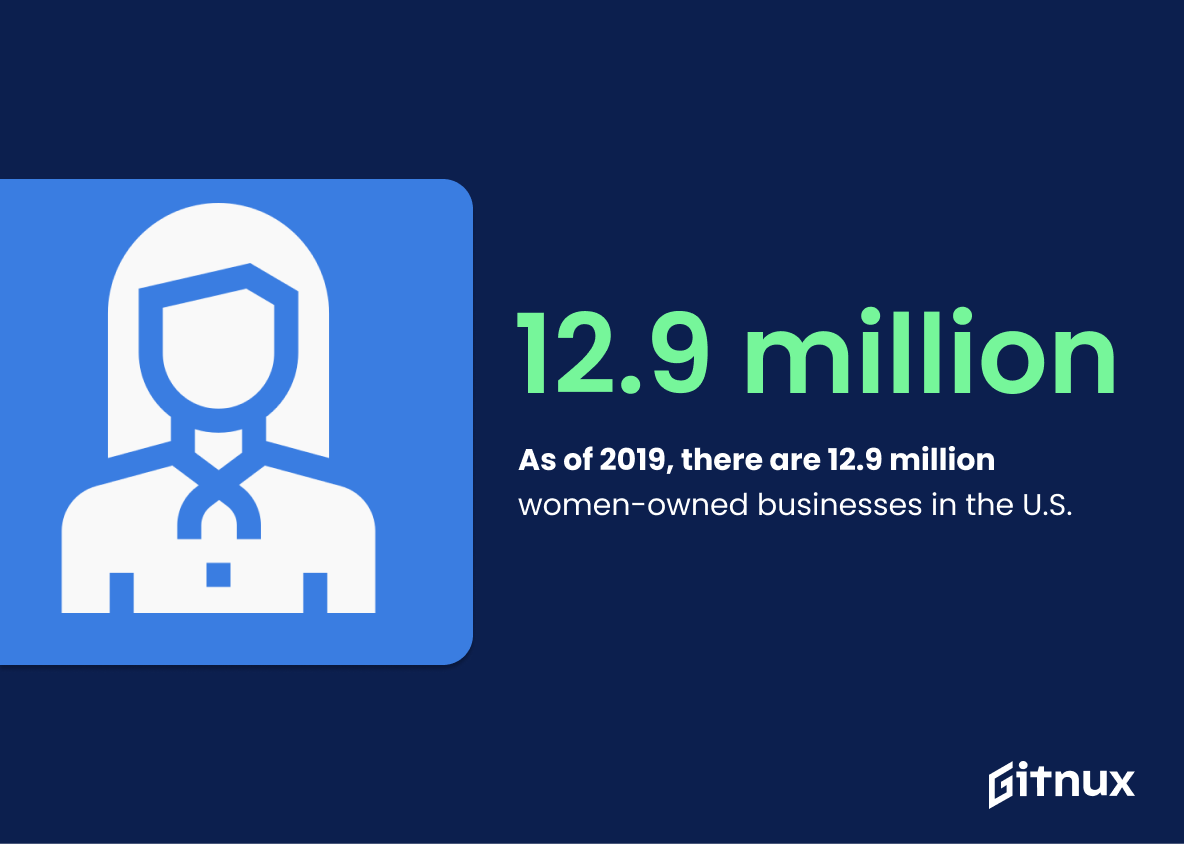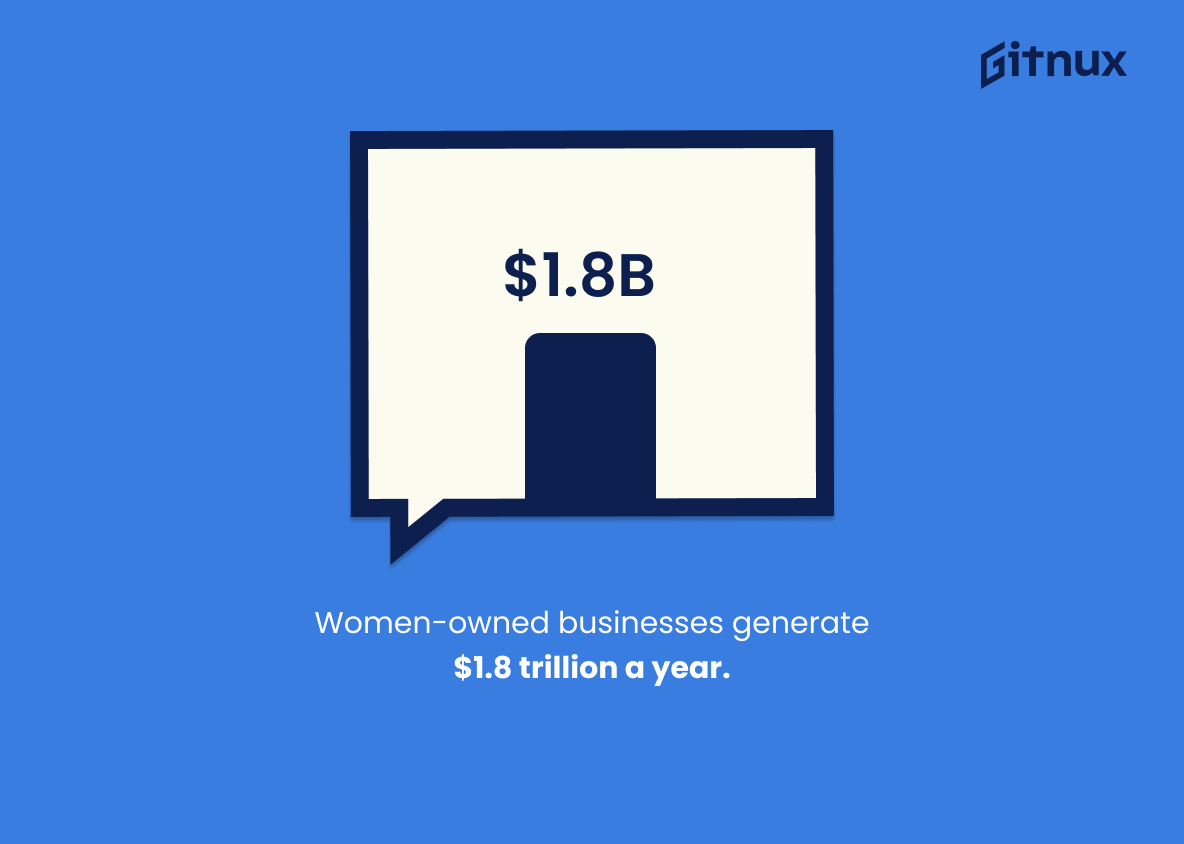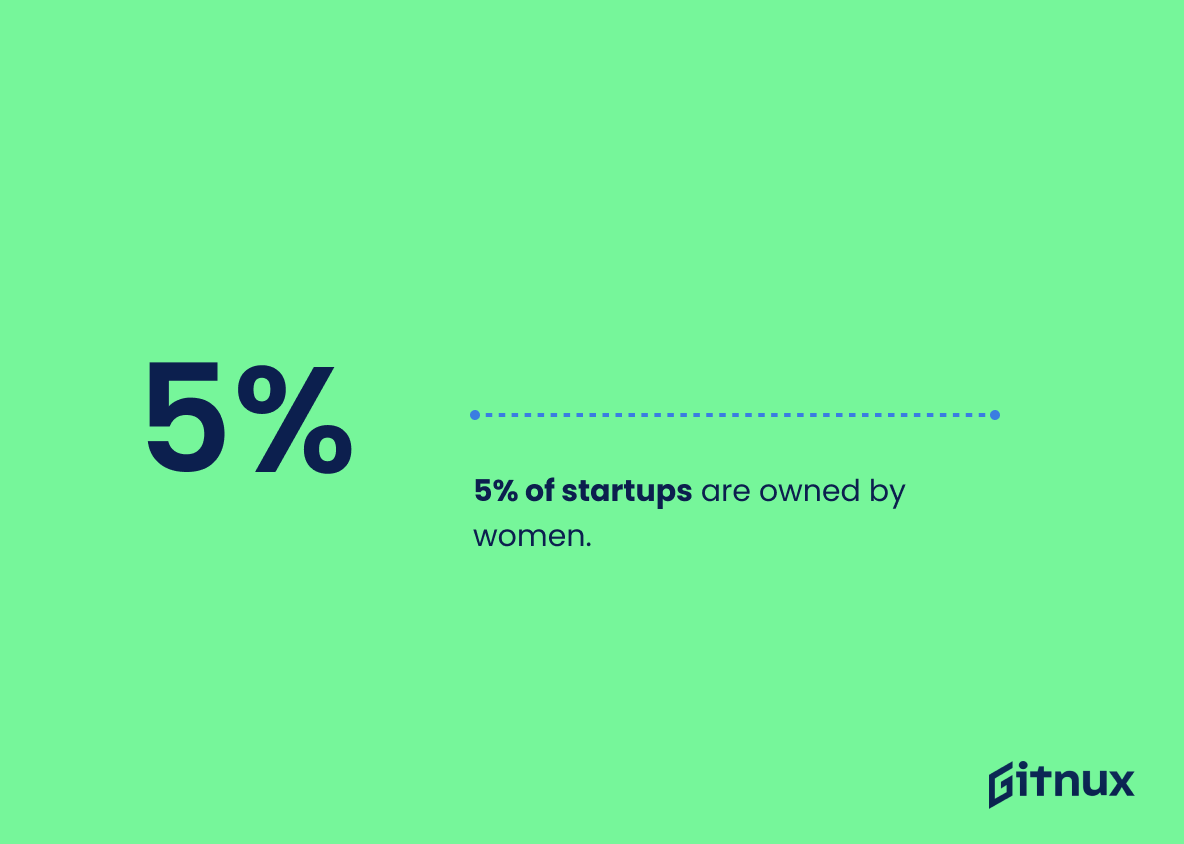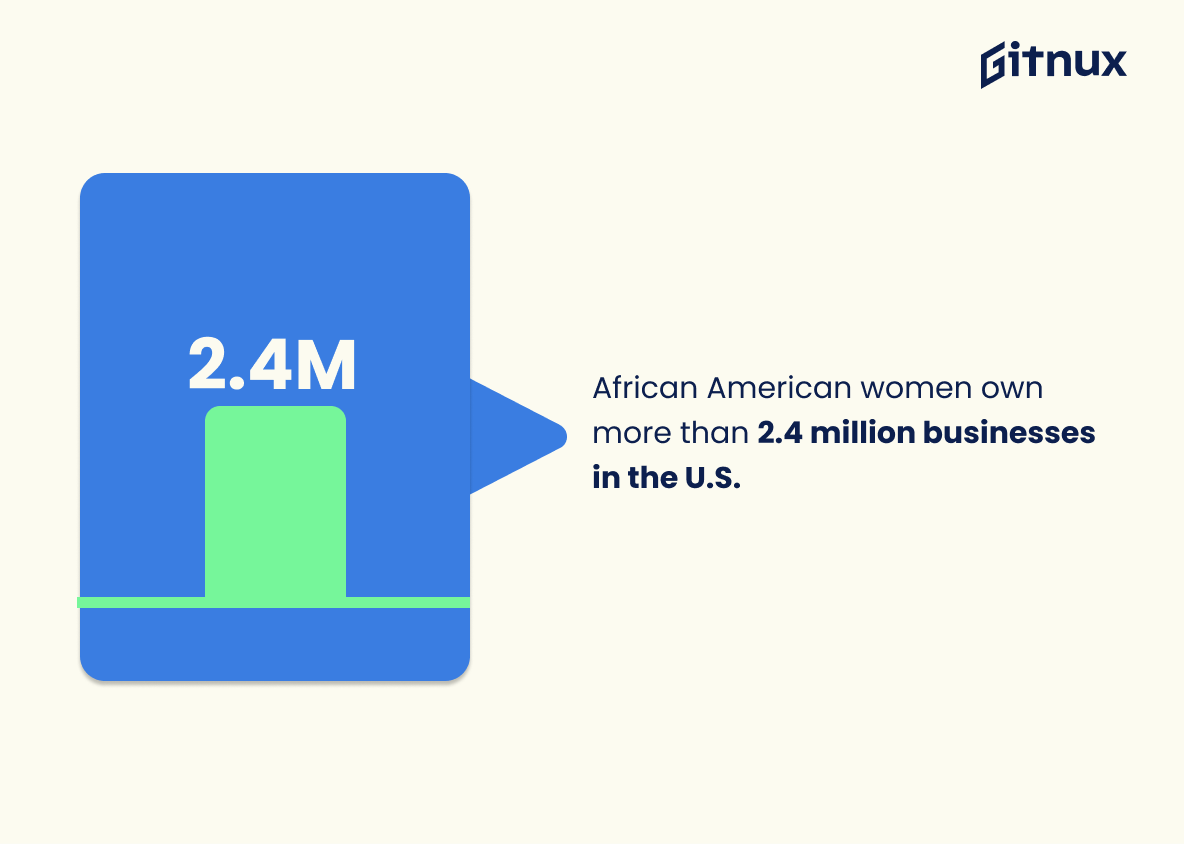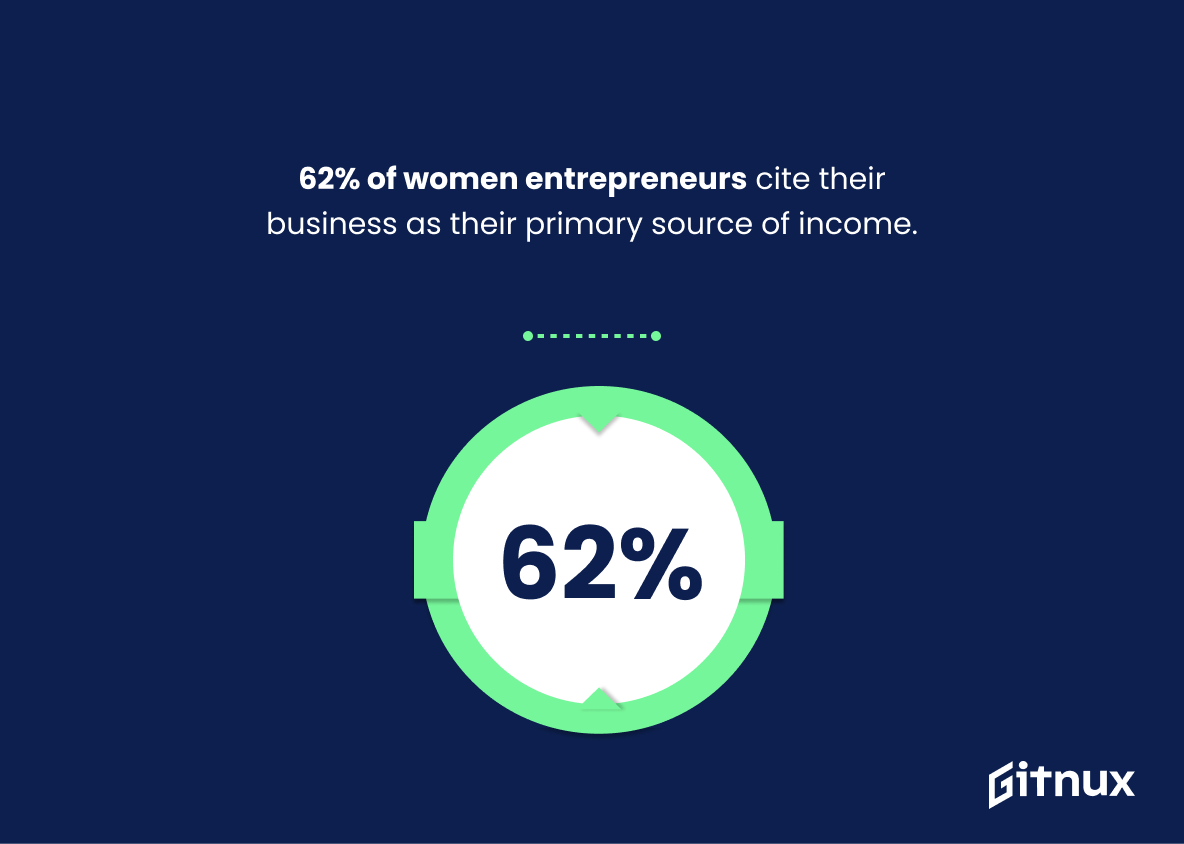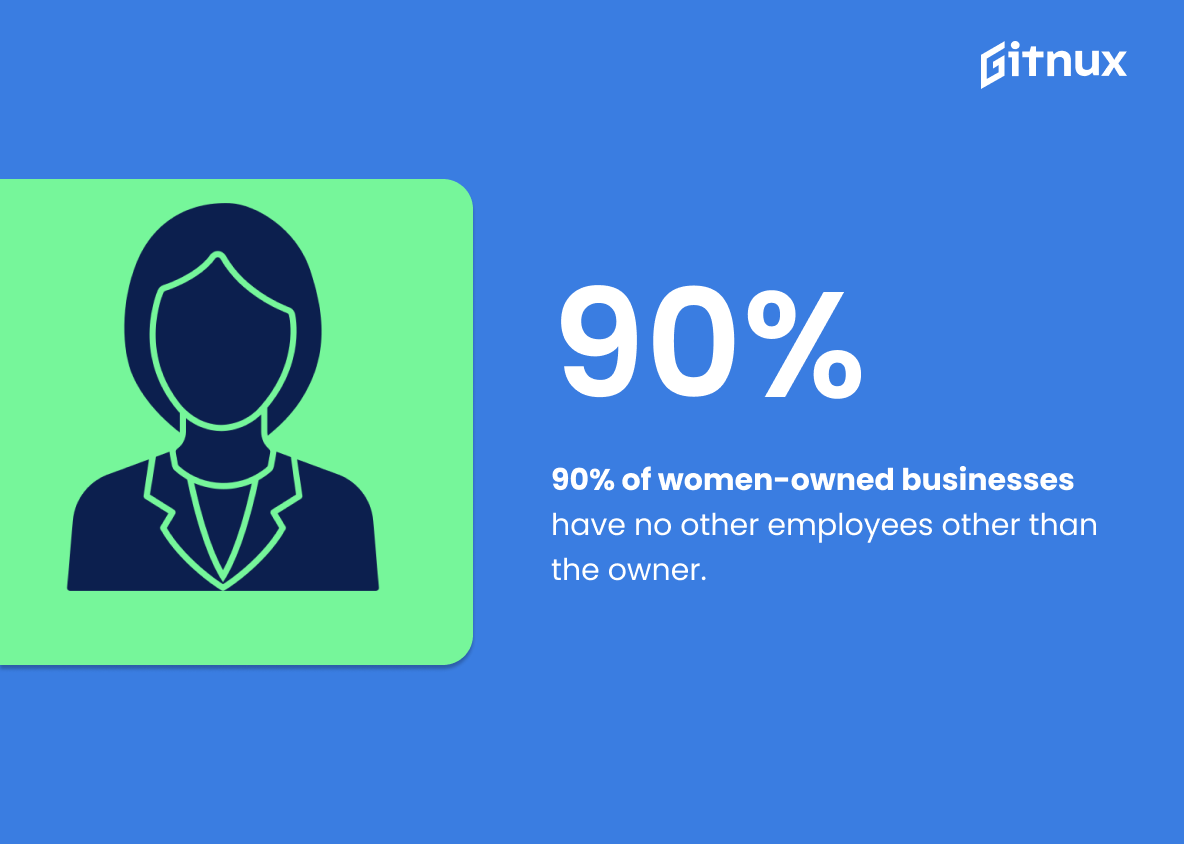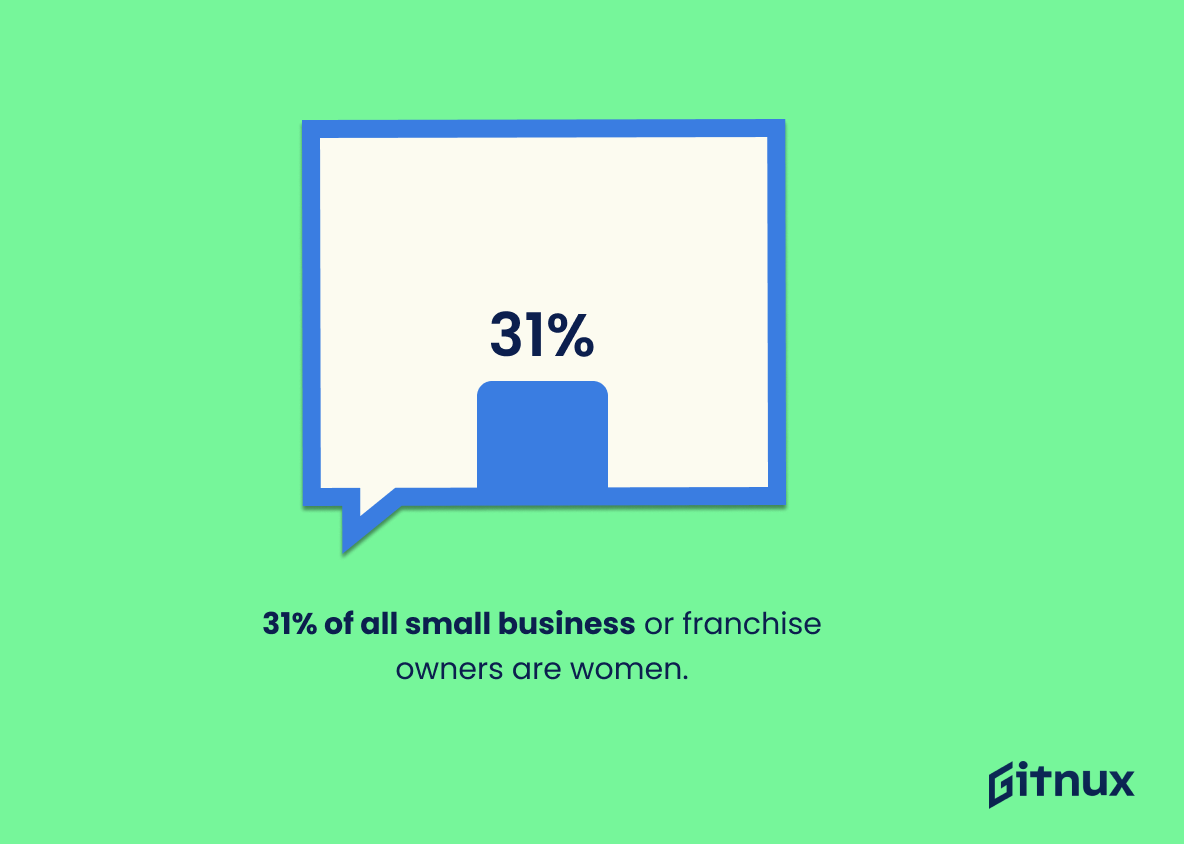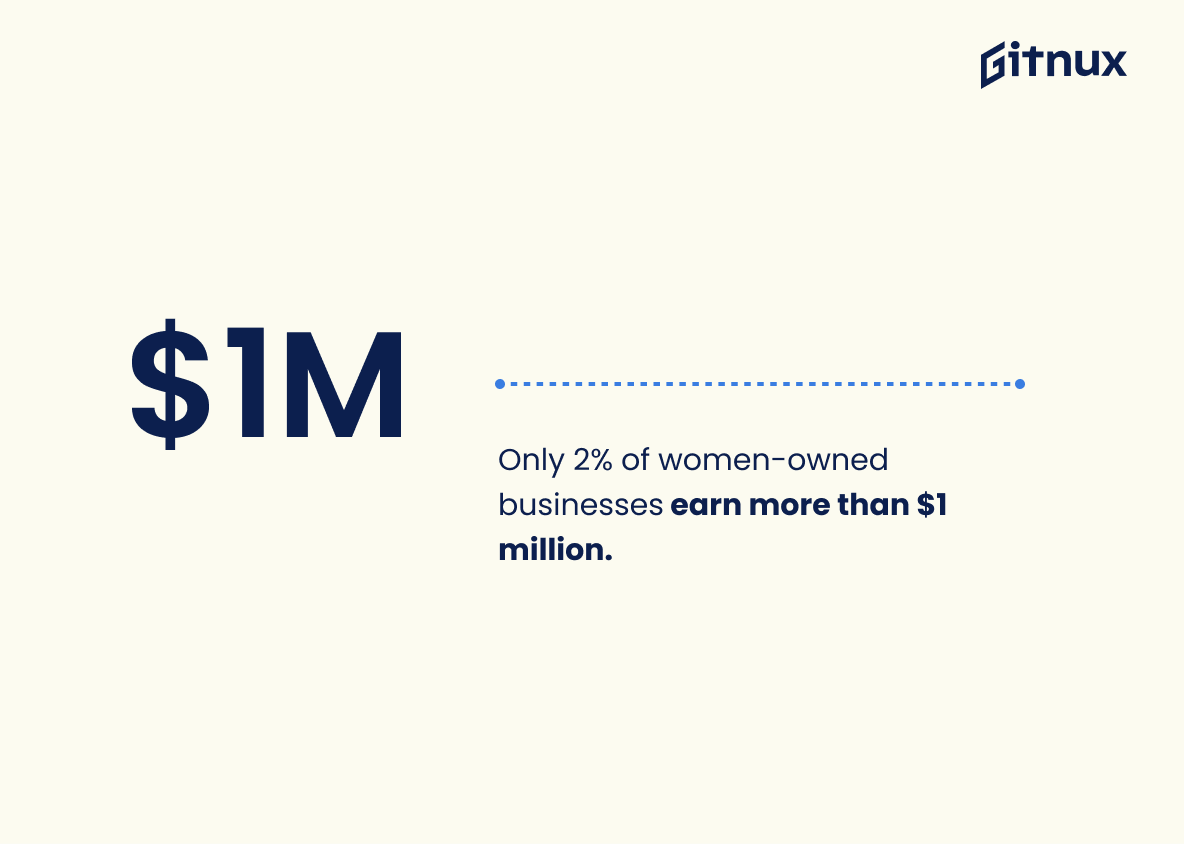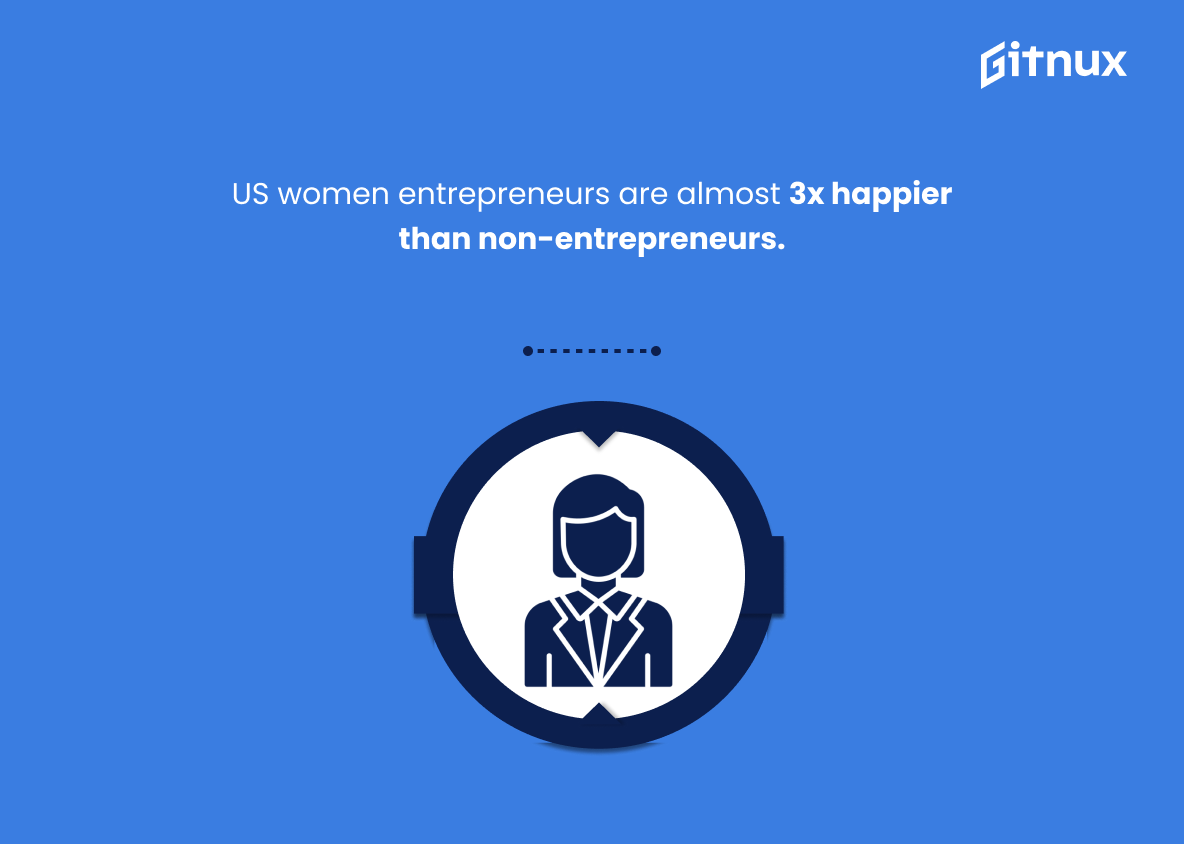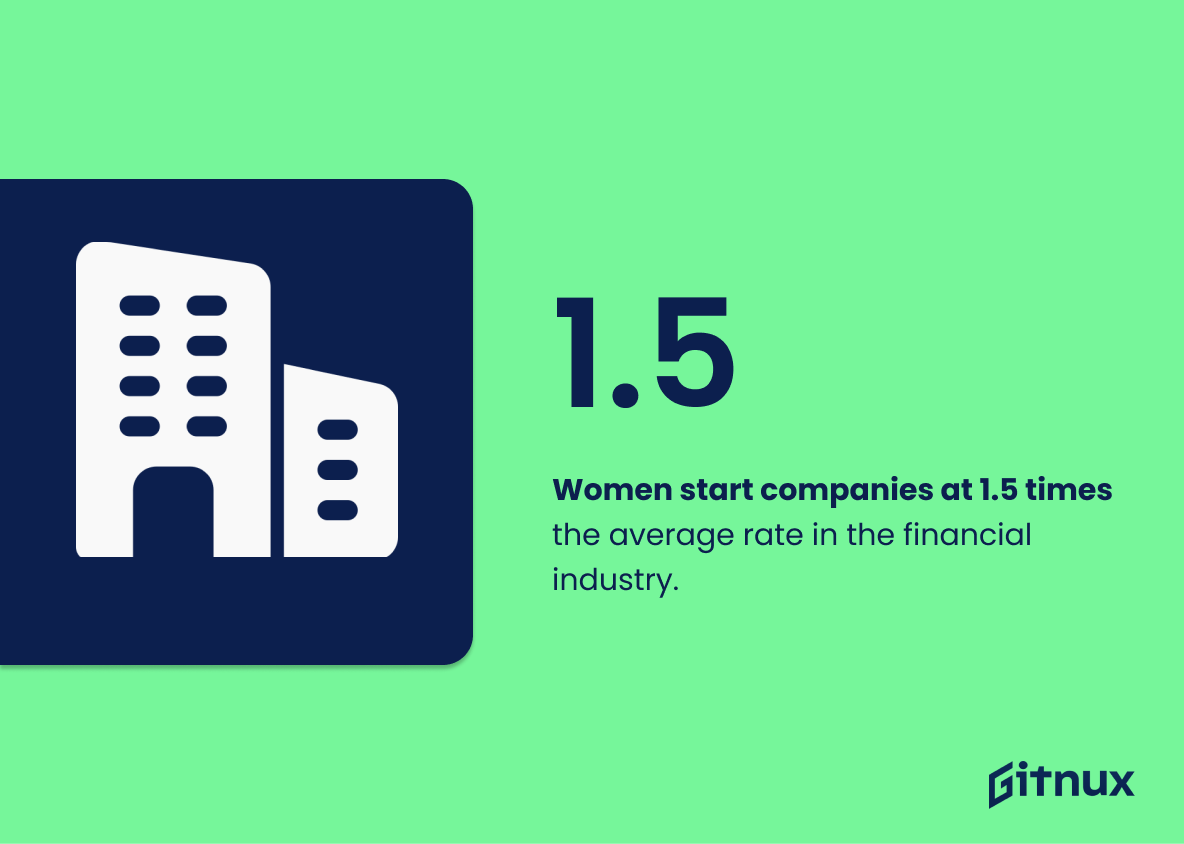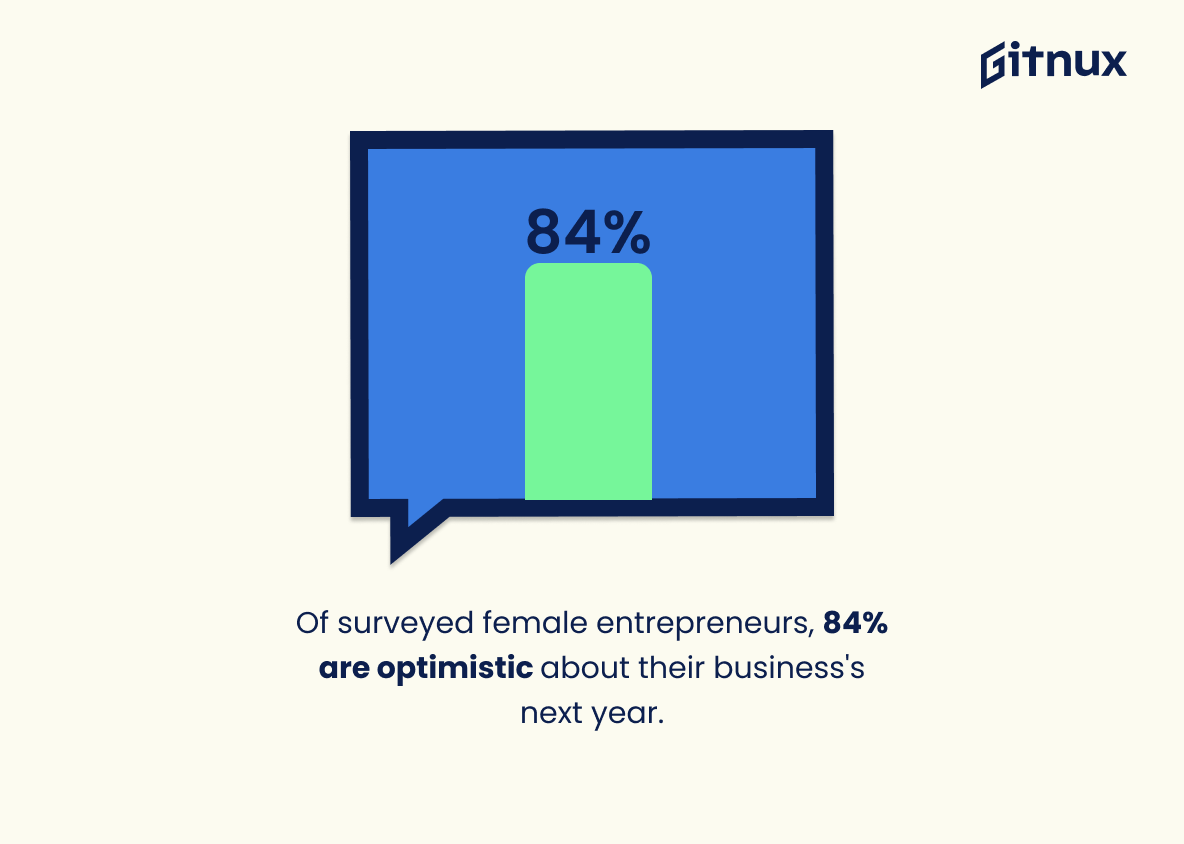In today’s increasingly diverse business landscape, there is one group that continually breaks through barriers and shatters ceilings – women. Over the years, female entrepreneurs have significantly reshaped the business realm through their immeasurable contributions, tenacity, and innovative thinking. This blog post will delve into the intriguing statistics about women business owners, exploring their progress thus far, their economic impact, and their growing influence within global entrepreneurship. These figures don’t just reflect numbers; they narrate the impressive journey of women rewriting the rules of business. So let’s dive into the world of Women Business Owner Statistics and marvel at the success stories fashioned by determination and sheer willpower.
The Latest Women Business Owner Statistics Unveiled
As of 2019, there are 12.9 million women-owned businesses in the U.S.
Undeniably, the disclosure of 12.9 million women-owned businesses hobnobbing in the U.S. as of 2019 paints an impressive landscape of female entrepreneurship. This figure fits neatly into our narrative by emphasizing that women are actively dismantling barriers, staking their claims robustly and boldly in the business world. It likewise resonates with a remarkable surge in the entrepreneurial spirit of women, underlining an upward trend that has significant implications for economic growth, job creation, and the diversification of the U.S. market. It also serves as a testament to the rising wave of female empowerment and gender equality in the business sector, while injecting enthusiasm and aspiration into those considering their entrepreneurial journey.
Women-owned businesses generate $1.8 trillion a year.
Undeniably, the figure depicting that women-owned businesses generate $1.8 trillion a year is an awe-inspiring feat in the realm of enterprise. As we unravel the tapestry of Women Business Owner Statistics in this blog, it’s crucial to spotlight this monetary monument as it not only quantifies the financial contributions made by female entrepreneurs, but also brings to light women’s remarkable economic potential.
A gargantuan contribution of $1.8 trillion annually forms an invincible tide altering the business landscape. It is a saga of fortitude and audacity, a testament to the will and perseverance of women in business. It drives home the unignorable reality – women are instrumental in fueling economic growth, enhancing job creation, and bringing about innovative disruption, which, in essence, fuels the economy’s complex machinery.
Moreover, this formidable figure elegantly destroys stereotypes tied to women’s roles in the business world and reinforces their place in pivotal positions. Dipped in the gold of achievement, this statistic adds credence to the narrative of women’s immense capability to generate wealth, suggesting that it’s high time we redefine the contours of economic dynamism and growth.
Holding this $1.8 trillion figure aloft, we step into an era punctuated by female entrepreneurial ascendency. It illuminates the path for aspiring women entrepreneurs, igniting their path with the conviction that they, too, can participate in this wealth generation movement, shaping a competitive and inclusive business world.
5% of startups are owned by women.
Injecting a freight of significance into our discourse on Women Business Owner Statistics, the figure ‘5% of startups are owned by women’, is deserving of our close attention. It casts a bright light on an aspect of business often shrouded in shadow – that of gender disparity. Not only does it underscore the apparent gender imbalance in startup ownership, it also prompts a crucial question, why isn’t this percentage significantly higher? The low percentage hints towards possible obstacles that women might face in securing finances, startup mentorship, or even societal beliefs that could be hampering more widespread entrepreneurial pursuits. However, despite serving as a stark reminder of existing gaps, this percentage also brims with untapped potential – evoking the need for more substantial support and resources for future female entrepreneurs. It’s not merely a statistic; it’s a call to action, encouraging an evolution towards equality in the entrepreneurial landscape.
African American women own more than 2.4 million businesses in the U.S.
Illuminating the flourishing entrepreneurial landscape, the extensive matrix of over 2.4 million businesses owned by African American women across America unveils a new dimension. In our blog post about Women Business Owner Statistics, this figure is a testament to the incredible determination and success of African American women, achieving their dreams against all odds. When considering gender and racial disparity, it’s pieces of statistics like these that prove the tides are shifting, that women – particularly African American women – are stepping up, not only participating but also triumphing in the business landscape. So while delving into the heart of women business owner statistics, it’s impossible to bypass these gallant 2.4 million African American women who have broken barriers, highlighting the beauty of diversity in entrepreneurship.
62% of women entrepreneurs cite their business as their primary source of income.
Illuminating the landscape of women’s entrepreneurship, the fact that 62% of women entrepreneurs consider their business as their primary source of income paints a broader picture. Embedding dynamism in the narrative, this statistic reveals that a significant majority of them are not merely dabbling in entrepreneurship as a hobby or supplementary income stream. Instead, they are fully invested, relying heavily on their businesses for their livelihood. Essentially, this underlines the importance and economic impact of women-owned businesses, providing a compelling argument for further support and investment in existing and budding women entrepreneurs. This fact enlightens our understanding of their role in economic stability, reinforcing the crux of our discussion on Women Business Owner Statistics.
90% of women-owned businesses have no other employees other than the owner.
When embarking on the journey through the winding world of Women Business Owner Statistics, this captivating statistic leaps off the page: “90% of women-owned businesses are powered solely by the tenacity and skill of the owner.” This echoes the sheer courage and grit of female entrepreneurs, challenging the conventional business norms. Reflecting their resilience and independence, this statistic paints a powerful picture of women’s entrepreneurship ecosystem, stimulating discussions around supporting infrastructure, policies, and financial independence. Ultimately, it underscores the urgency and importance for reassessing business support systems, entrepreneurship education, and funding opportunities. This insight offers a unique vantage point from which to stimulate inclusive entrepreneurship dialogues and inspire prospective female business owners.
31% of all small business or franchise owners are women.
Highlighting the statistic that 31% of all small business or franchise owners are women underscores the growing influence of female entrepreneurship in the competitive business landscape. It serves as a testament to women’s formidable presence in commerce, debunking traditional stereotypes of male-dominated industries. This percentage, though not yet striking an equal balance, projects a narrative of progress and potential – a beacon inviting more women to venture into the business ownership sphere. Furthermore, it paints a valuable picture of the areas where support, resources, and encouragement should be directed to further fuel this upward trend of female business ownership. Hence, in a blog post about Women Business Owner Statistics, this statistic shines as an empowering affirmation of female-led business triumphs, prompting more comprehensive discussions about business equality and opportunities.
Only 2% of women-owned businesses earn more than $1 million.
Highlighting that only a minuscule 2% of women-owned businesses surpass the $1 million mark paints a vivid picture of the lingering gender disparity in the business realm. The granular detail not only underscores the titanic hurdles female entrepreneurs often face when scaling their businesses but also underscores the need for more substantive supporting strategies. Presenting this number serves as a clarion call to influencers and decision-makers to take decisive action to level the playing field. It evokes a definitive challenge to both societal norms and policy makers to question whether enough is being done to support and empower women in business. Furthermore, it embodies a rallying cry for readers to champion female entrepreneurs, ensuring this statistic becomes a relic of the past rather than an enduring reality.
In 2002, there were 6.5 million women-owned businesses in the U.S that generated $940.8 billion in revenue.
Highlighting the facts from 2002 serves as a testament to the influential role women have long played in the U.S. economy. It kicks off the narrative of their entrepreneurial saga. At a time when $940.8 billion in revenue was uncommon, women-owned businesses victoriously contributed this staggering sum, illustrating their significant input and leadership in the business realm. This figure of 6.5 million is not just a number, but represents a community of ambitious and bold women leaders whose valuable contributions in 2002 laid the cornerstone of today’s inclusive economy. This data point is a historical beacon, identifying the strength and potential of women-owned businesses, hence setting the stage for discussing the progression, current status, and future predictions in women-owned business statistics.
Women entrepreneurs in the U.S rank their happiness at nearly three times that of women who are not entrepreneurs or established business owners.
Painting an impressive landscape of the realm of U.S. women business owners, this particular statistic serves as a beacon of positivity. It emphasizes the rewarding and fulfilling nature of entrepreneurship for women, offering deeper insights into the relationship between personal happiness and business ownership. It underscores the idea that entrepreneurship not only provides financial independence, but also enkindles joy and satisfaction, thereby acting as a strong motivator for more women to venture into the business sphere. This radiates a potent message for would-be entrepreneurs embedded within the blog post, encouraging them to take the leap of faith with the assurance of finding not just economic success, but also heightened levels of happiness.
Women start companies at 1.5 times the average rate in the financial industry.
Highlighting this impressive statistic underscores the fierce momentum of female entrepreneurship within the financial industry. It paints a vibrant picture of women’s thrive in breaking through traditionally male-dominated sectors, stepping forward with confidence and ambition. It further elucidates the shifting dynamics in business ownership patterns, illustrating that women are not just partaking, but in fact, leading the charge in initiating new ventures. Offering readers such insights can empower aspiring women entrepreneurs and could incite further research and initiatives to continue smashing glass ceilings. This ground-breaking trend promises continual transformation of business landscapes, making this statistic a compelling article of discussion in a blog post about Women Business Owner Statistics.
Among the female entrepreneurs who were surveyed, 84% were optimistic about the performance of their businesses over the next 12 months.
Delving into a statistic like, ‘Among the female entrepreneurs who were surveyed, 84% were optimistic about the performance of their businesses over the next 12 months,’ infuses confidence into the atmosphere of women-driven business landscapes. Through this numerical perspective, the blog post would spotlight how female business owners are not merely surviving, but are also brimming with positivity towards future growth. It forms the backbone of a narrative that argues for increased support for women in business, showcasing their unwavering determination. Further, this statistic could excite investors, policymakers, and potential entrepreneurs about the dynamics of woman-owned businesses, underscoring a sense of belief in their continued entrepreneurial spirit and capability.
Conclusion
The evolving statistics for women business owners paint an inspiring picture of empowerment, resilience, and continuous growth. With an increasing percentage of businesses owned by women globally, it’s evident that the entrepreneurial landscape is progressively embracing gender equality. These statistics serve as a testament to the truth that women are not only making significant strides in business ownership but are also fostering innovation in various sectors. As we continue to break barriers and shatter glass ceilings, it is imperative that we continue to support, uplift, and acknowledge the contributions of female business owners to our economies and societies at large. Let’s anticipate more positive trends in the future as we witness the rise of more enterprising women in the world of business.
References
0. – https://www.www.guidantfinancial.com
1. – https://www.www.wbenc.org
2. – https://www.www.census.gov
3. – https://www.smallbiztrends.com
4. – https://www.www.cnbc.com
5. – https://www.about.americanexpress.com
6. – https://www.www.startus-insights.com
7. – https://www.www.self.inc
8. – https://www.www.score.org
